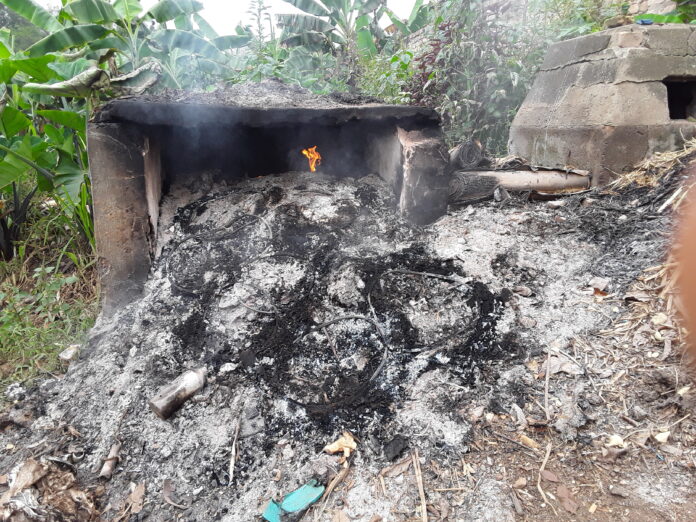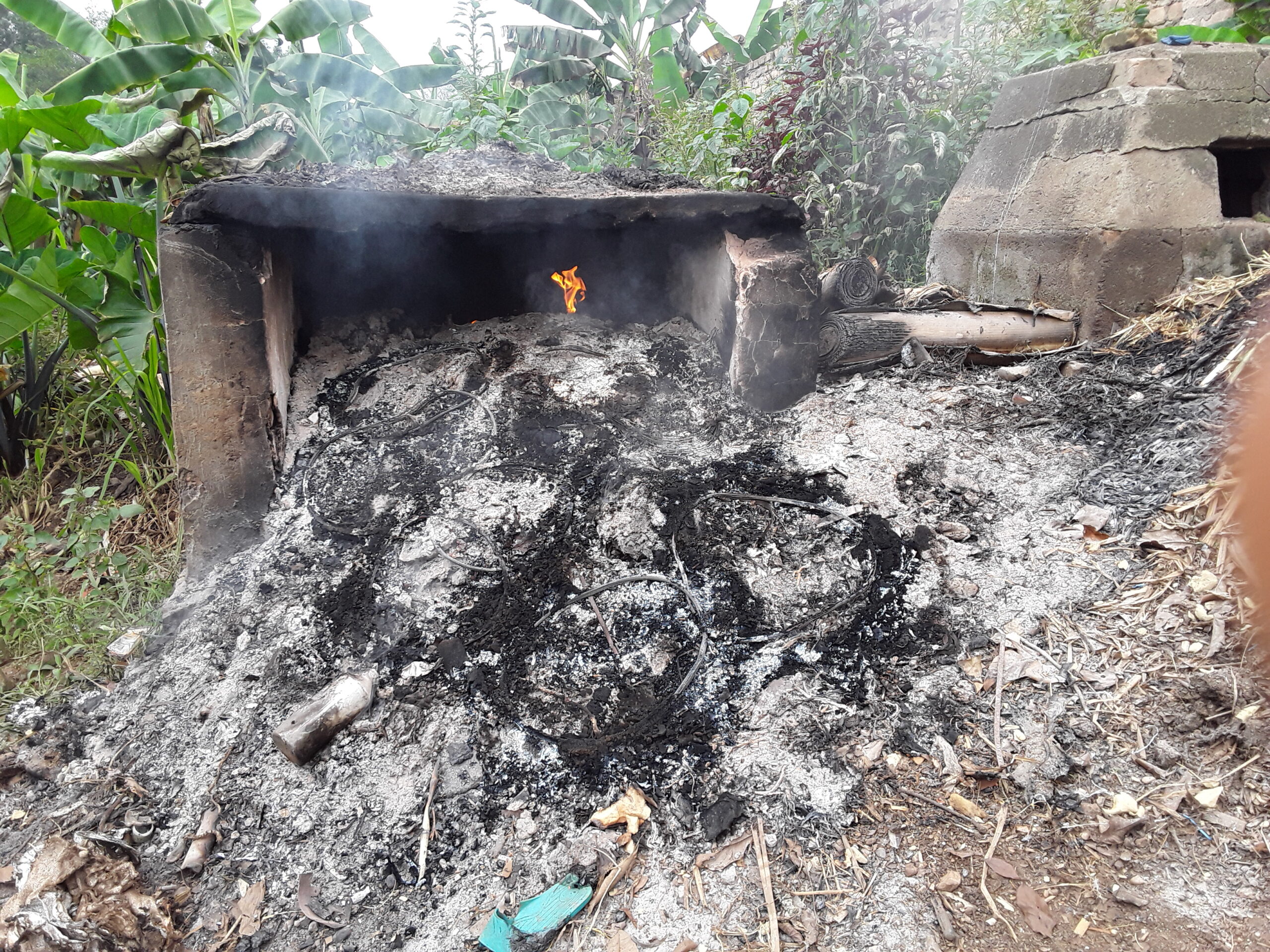
By Joyce Chimbi
Nairobi, Kenya: Concerns are rife that humanity may have already entered the Anthropocene era- a geological era or the time during which humans have had a substantial impact on planet Earth causing climate change and life-threatening levels of air pollution.
Worse still, humanity has touched the Earth in ways that, if left unmitigated, will increasingly jeopardize human survival. Rapid urbanization and industrialization have unleashed a toxic invisible enemy and there is a price to pay – for health, productivity, economic growth, and development.
Experts such as Prof. Paul Njogu – from the Environmental Analysis and Technology Section, Institute of Energy and Environmental Technology at Jomo Kenyatta University of Agriculture and Technology – are raising awareness about the suspended particulate matter also known as PM2.5 and PM10. He says that pollutant particles such as dust, dirt, soot and smoke are defined by their diameter.
“Those whose diameter is 10 microns or less (PM10) can be inhaled into the lungs causing serious health problems. Microns are simply put, a unit of measurement. PM2.5 are very fine particles because they are 2.5 microns or less in diameter,” he expounds.
Further stressing that PM2.5 particles are invisible to the naked eye, present indoors and out and could present as fog or smoke in highly polluted areas. Adding that these “tiny pieces of particle pollutants come from combusting unclean fuel for purposes such as cooking and burning waste, agriculture residue, construction sites, mines, farms, transportation and windblown dust.”
Sammy Simiyu from Vital Strategies and Co-Chair of the Health Committee cautions that “PM2.5 particles are highly dangerous and life-threatening as they penetrate deep into the lungs and bloodstream – increasing the risk of dying from heart and lung disease, stroke, cancer and respiratory effects such as asthma attacks and bronchitis.”
“Exposure to PM2.5 can result in increased hospital admissions, emergency room visits, absences from school or work, and restricted activity days, especially for those with pre-existing heart or lung disease, older people, and children,” he emphasizes.
Black carbon is the result of incomplete combustion of fossil fuels. In rural areas, agricultural burning to clear land and wildfires that have become increasingly frequent are the world’s largest sources of black carbon or soot. Black carbon is a component of PM2.5. Combusting fossil fuels in industries or through diesel engines, burning garbage, and using stoves and furnaces are all sources of black carbon.
Open biomass burning and residential solid fuel combustion across the continent contribute approximately 88 percent of global black carbon emissions. These dangerous emissions cause poor health and premature death. Black carbon is also produced by older, inefficient vehicles.

As air becomes increasingly polluted, human survival is at risk. The United Nations Environment Program (UNEP) estimates show that 19 million premature deaths occur annually worldwide as a result of the way societies use and or interact with their natural resources and the consequent impact on the environment
According to the Clean Air Catalyst – the U.S. Agency for International Development global flagship program, rapidly urbanizing regions in low- and middle-income countries in Asia and Africa are on the frontlines of a growing air pollution and climate crisis.
Clean Air Catalyst is a five-year program implemented by a consortium of which Internews is part of, and is led by the World Resources Institute and Environmental Defense Fund to help cities such as Nairobi prioritize air quality solutions that protect health and improve equity while simultaneously confronting the climate crisis.
The World Health Organization (WHO) estimates that 99 percent of the world’s population lives in places where air quality guideline levels are not met, a problem that leads to nearly 7 million premature deaths per year, primarily in low- and middle-income countries.
Closer home, WHO estimates show that 19,000 people die each year in Kenya due to air pollution, with UNEP citing 70 percent pollution levels in Nairobi. Alarmingly, thus far, air pollution has caused an estimated 260 deaths in Nairobi alone in 2024. Further, air pollution also cost approximately $40,000,000 in Nairobi in 2024.
Maurice Kavai, the deputy director of Air Quality and Climate Change at the Nairobi City County Government says that the city has taken critical steps and is on track to halt the speed and pace of air pollution to avert an environmental, health and economic catastrophe.
Nairobi is the fourth largest trading area in Africa and a boiling pot for many sources of air pollution from industrial, commercial, and residential areas. The dominant pollutant type in Nairobi is the highly toxic PM2.5.
Generating air pollution data, Kavai says, is among the first and most critical steps towards finding a remedy – in line with Sustainable Development Goal 11 which seeks to “make cities and human settlements inclusive, safe, resilient and sustainable.”
Further paying close attention to target 11.6 which aims at reducing the adverse per capita environmental impact of cities, including by paying special attention to air quality and municipal and other waste management. With a strong reference to reducing annual mean levels of fine particulate matter and in particular PM2.5 and PM10.
The Nairobi air pollution data, as of September 2021, is generated entirely from low-cost PM 2.5 monitors that are deployed and operated by a number of entities in Nairobi, including the Nairobi County Government.
Due to the fact that PM2.5 contains several harmful substances, including benzoic acid, paraffin and a host of potential carcinogens, air pollution experts such as Prof. Njogu say that it is important to know how much of it is around you and that this can further trigger action at the individual and policy level.
At the individual level, one could decide to spend more time indoors, where particle pollution levels are usually lower. People could also avoid busy roads and highways where PM is usually worse because of emissions from cars and trucks. Overall, he says, increased awareness could help build momentum around existing policies and regulations.
Meanwhile, environmental and health experts such as Simiyu are united in calling upon governments, industries, and citizens to move towards sustainable materials management, greater resource efficiency, less environmentally damaging chemistry, clean technologies, and circular economies, as part of a more comprehensive transformation towards a sustainable economy.













